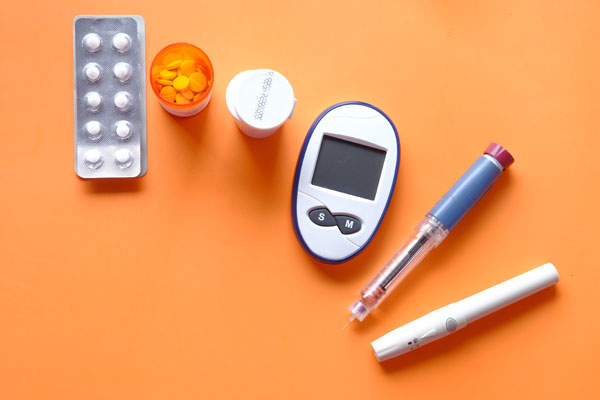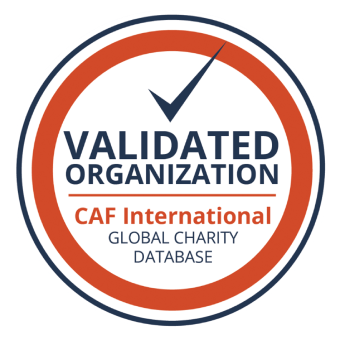With continued advances and improvement in paediatric cancer treatments, the population of children surviving cancers is growing. However, many of these childhood cancer survivors are at life-long risk of developing ‘Late Effects’ of treatment – consequences of the various therapies used to cure them of cancer. Life altering and sometimes, life threatening, these complications take their toll on many organ systems. A prolonged latency period between treatment exposure and development of the late effects is often noticed – for instance, a minimum of 20 years between abdominal radiation and diabetes development. This makes continued lifelong screening and monitoring of long-term childhood cancer survivors crucial.
Cardiovascular disease is the second leading cause of mortality amongst childhood cancer survivors. Endocrinopathies, which include diabetes mellitus and metabolic syndrome, are among the most common late effects in childhood cancer survivors and are major risk factors for cardiovascular disease. The key to ensuring their best quality of life is two-fold – Identify risk factors at an early stage and then aggressively employ risk reduction strategies like dietary modification, physical activity and early treatment of hypertension and/or dyslipidemia.
In the article being reviewed and synopsised here, the authors provide an overview of the potential mechanisms, risk factors and present existing screening recommendations for those at risk of the above. The screening recommendations are from the North American Long-Term Follow-Up Guidelines, which are risk-based, exposure driven screening and surveillance recommendations published by the Children’s Oncology Group (COG). The authors also recommend that these guidelines be strategically adapted for specific practice settings.
Development of Diabetes
Children who have been treated for cancer at an earlier age (with abdominal radiation, total body irradiation or supraphysiological doses of exogenous corticosteroids) have been shown to be at a higher risk of developing diabetes. Potential mechanisms of causation of diabetes are thought to include radiation induced damage to the tail of the pancreas, radiation related endocrinopathies such as growth hormone deficiency or radiation related target organ damage such as thyroid dysfunction and hypogonadism.
The COG guidelines for screening and management of diabetes in childhood cancer survivors advise that:
- Survivors exposed to abdominal radiation or total body irradiation should have Fasting Blood Glucose or Hemoglobin A1c checked every 2 years, or more frequently if clinically indicated.
- In hematopoietic Stem Cell transplant survivors, as Hemoglobin A1c might have poor sensitivity, clinicians should have a low threshold for performing Oral Glucose Tolerance Tests in suspected cases.
- Survivors with a positive family history of type-2 diabetes should be monitored more closely.
- All childhood cancer survivors should be counseled annually on the importance of incorporating regular physical activity and a heart-healthy diet as part of their lifestyle.
Development of Metabolic syndrome
The childhood cancer survivor faces an increased incidence of developing metabolic risk factors such as obesity, elevated blood pressure, glucose intolerance and dyslipidemia which are associated with development of type-2 diabetes and cardiovascular disease.
Studies indicate that risk factors for development of the cardiovascular risk factor cluster included older attained age, total body irradiation, radiation to the chest or abdomen, cranial radiation and physical inactivity. However, researchers have noted marked differences in presentation of metabolic syndrome symptoms depending on the type of treatment and duration of exposure. These differences, therefore, likely reflect divergent pathophysiology of metabolic syndrome and further work is needed to determine the mechanisms underlying these noted discrepancies.The most recently proposed potential mechanism of causation of metabolic syndrome emphasizes the role of central obesity and the hypothesis that visceral adipose tissue plays a key role in contributing to metabolic syndrome. Apart from this, sex hormone deficiencies due to exposure to alkylating agents and lifestyle factors such as diet, physical activity, and smoking habits, may impact the risk of developing metabolic syndrome among childhood cancer survivors.
Since specific prevention and treatment strategies for metabolic syndrome in childhood cancer survivors are lacking, the COG guidelines suggest the following:
- Anthropometric Parameters such as height, weight, nutritional status and blood pressure should be checked yearly in survivors treated with cranial radiation.
- Survivors treated with total body irradiation should have a Fasting Lipid Profile and Blood Glucose (or Hemoglobin A1c) checked every 2 years, and as clinically indicated.
- The importance of following a heart-healthy lifestyle should be emphasized with all survivors.
In conclusion, the battle with cancer continues years after cure. It becomes all the more important for survivors and their families to be made aware of the need for a lifelong commitment to a healthy diet and lifestyle early on in their road to recovery. This needs to be complimented with periodic regimented health screening. Healthy habits formed early on and turned into a way of life become silver bullets in securing a childhood cancer survivor’s path to a long and fulfilling life.
Written by:
Dr Sripriya Venkiteswaran (Ph.D Nutritional Sciences)
Content Consultant
Cuddles Institute of Clinical Nutrition
Source Article: Diabetes and Metabolic Syndrome in Survivors of Childhood Cancer. Friedman DN, Tonorezos ES and Cohen P Horm Res Paediatr 2019;91:118–127
Reference:
http://www.survivorshipguidelines.org Accessed on 17th October 2021.





